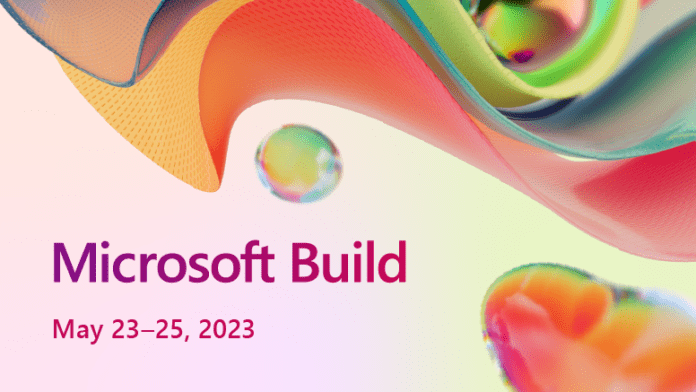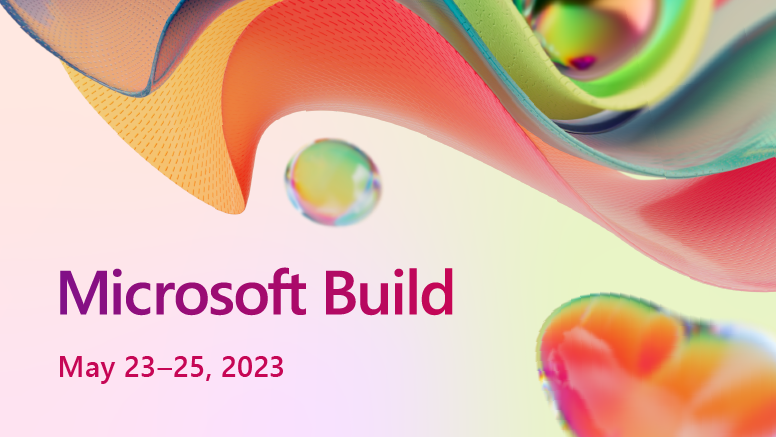Microsoft Build 2023 kicked off today with exciting sessions and announcements lined up around AI, cloud development, cloud-scale innovation, developer productivity, and more. Azure Cosmos DB announced its own new additions and enhancements, enabling developers to further optimize costs, performance, and productivity. We also introduced new tools for building intelligent, AI-infused applications. We hope you’re able to join us live or in-person in Seattle and that you continue to enjoy the event with us this week!
Here’s a look at what’s new from Azure Cosmos DB.
Save costs and enhance productivity with new elasticity features
With Burst capacity, now generally available, developers can achieve better performance and productivity by utilizing the idle throughput capacity of their database or container to handle traffic spikes. Databases and containers using standard provisioned throughput (manual or autoscale) with burst capacity enabled will be able to maintain performance during short bursts, when requests exceed the throughput limit. This gives customers a temporary cushion if they’ve under-provisioned and allows them to experience fewer rate-limited requests.
Developers can use Hierarchical partition keys, now generally available, to improve partitioning strategies and performance. Hierarchical partition keys enable up to three partition keys to be used instead of one, to better optimize data distribution and achieve greater scale. If you use synthetic keys today or have scenarios where partition keys can exceed 20 GB of data, subpartitioning can help. With this feature, logical partition key prefixes can exceed 20 GB and 10,000 RU/s, and queries by prefix are efficiently routed to the subset of partitions with the data.
With Materialized views for Azure Cosmos DB for NoSQL, in preview, users can create and maintain secondary views of their data in containers that are used to serve queries that would be too expensive to serve with an existing container. Materialized Views can easily create and maintain data between two containers, allowing both to work efficiently, optimizing costs and saving time.
To learn more about these features, check out our breakout session on how to “Build scalable cloud-native apps with Kubernetes and Azure Cosmos DB,” on Wednesday May 24th, 1:30 PM PT/4:30 PM ET. We’ll walk through the latest capabilities and news from Azure Cosmos DB.
Power intelligent applications with vector search
Vector Search in Azure Cosmos DB for MongoDB vCore was announced today, allowing customers to seamlessly integrate AI-based applications, including those built on Azure OpenAI, with their data stored in Azure Cosmos DB. This enables customers to efficiently store, index, and query high dimensional vector data directly in Azure Cosmos DB for MongoDB vCore, reducing the need to transfer data to more expensive alternatives for vector search, saving time and resources. With vector search, customers will be able to unlock insights from their data that were previously hidden or hard to find, leading to more accurate and powerful applications. Catch vector search in Azure Cosmos DB for MongoDB vCore in two demo sessions at Build: Modernize MongoDB workloads with Azure Cosmos DB, by Sr. Program Manager Gahl Levy, on Tuesday, May 23, 11:30 AM PT/2:30 PM ET, and Build next gen intelligent retail with Azure OpenAI and Azure Cosmos DB, by Principal PM Manager Mark Brown, on Tuesday, May 23, 11:45 AM PT/2:45 PM ET.
Accelerate dev velocity and improve performance
Also announced today were the following features, allowing developers to deliver high performance at any scale:
- Azure Cosmos DB all versions and deletes change feed mode (preview): Developers can get a full view of changes to items from create, update, and delete operations that occurred within the continuous backup retention period of their account. This saves time and lowers application complexity by reducing the Learn more.
- TTL on absolute path (API for MongoDB): Now in GA, this feature gives Azure Cosmos DB for MongoDB the ability to create a time to live index on any date field, giving users more flexibility in determining when their documents will expire.
- Computed properties (preview): Enables developers to define properties that are not persisted in items themselves, but instead have values derived from existing item properties, expressed as a query. This unlocks new scenarios for queries including defining a property based on a system function and then indexing the property and ordering by or grouping by it. Learn more.
- .NET and Java SDKs OpenTelemetry and Application Insights integration (preview): Monitoring applications is now easier than ever with new Azure Cosmos DB support for OpenTelemetry and improved Application Insights integration. The Azure Cosmos DB .NET and Java SDKs support distributed tracing to help developers easily monitor their applications and troubleshoot issues. Learn more.
- KQL Transformation support in Log Analytics (GA): Allows customers to filter or transform data before it’s stored in Azure Monitor Logs. Learn more.
- In account restore (preview): Users can restore a deleted container or database within an account to prevent data movement from a restored account. Learn more.
- Continuous 7 days backup (GA): Developers can now migrate their periodic accounts to the continuous 7 days backup tier at no cost, allowing them to do point in time restores within a retention window of 7 days. Learn more.
- Serverless 1 TB container available as default (GA): Users can now store up to 1 TB of data and index in a serverless container. Learn more.
- Synapse Link Time-Travel for NoSQL and MongoDB APIs: Provides the ability to access Azure Cosmos DB data in analytical store as it appeared at a specific point of time in the history for use cases such as time series analytics, auditing data changes, reproducing experiments and reports, rollbacks, etc. Learn more.
About Azure Cosmos DB
Azure Cosmos DB is a fully managed and serverless distributed database for modern app development, with SLA-backed speed and availability, automatic and instant scalability, and support for open source PostgreSQL, MongoDB and Apache Cassandra. Try Azure Cosmos DB for free here. To stay in the loop on Azure Cosmos DB updates, follow us on Twitter, YouTube, and LinkedIn.
Post Disclaimer
The information provided in our posts or blogs are for educational and informative purposes only. We do not guarantee the accuracy, completeness or suitability of the information. We do not provide financial or investment advice. Readers should always seek professional advice before making any financial or investment decisions based on the information provided in our content. We will not be held responsible for any losses, damages or consequences that may arise from relying on the information provided in our content.




